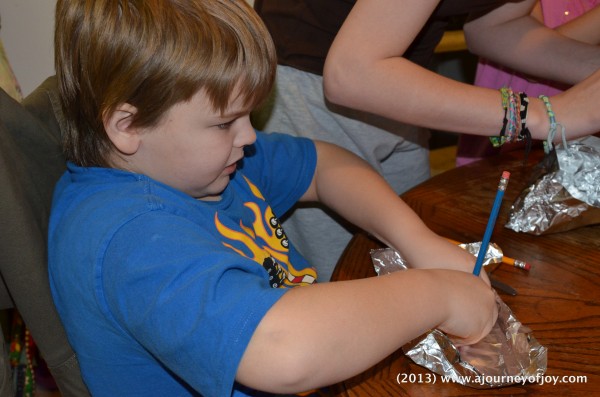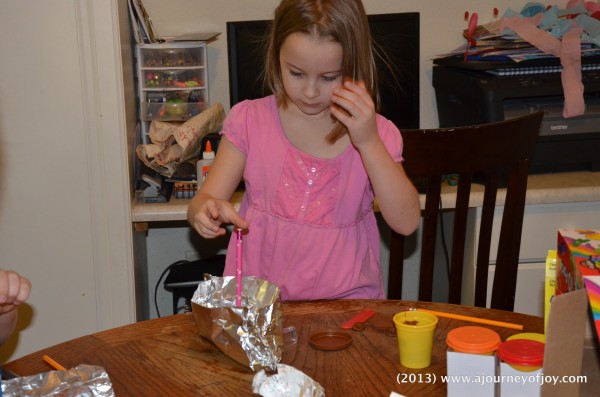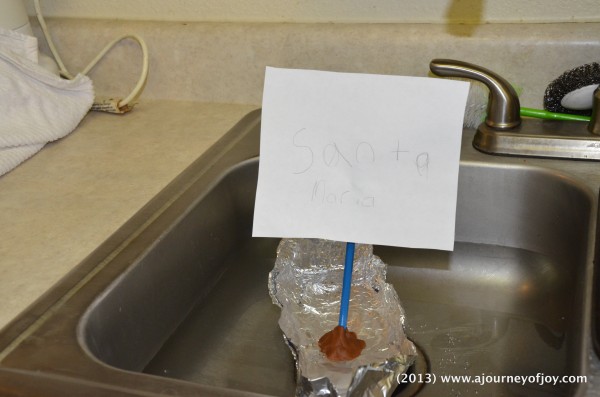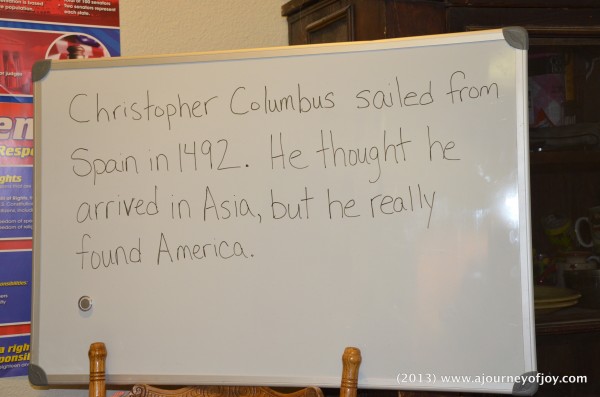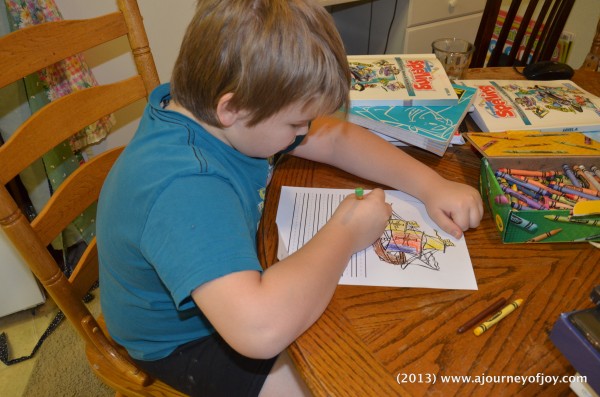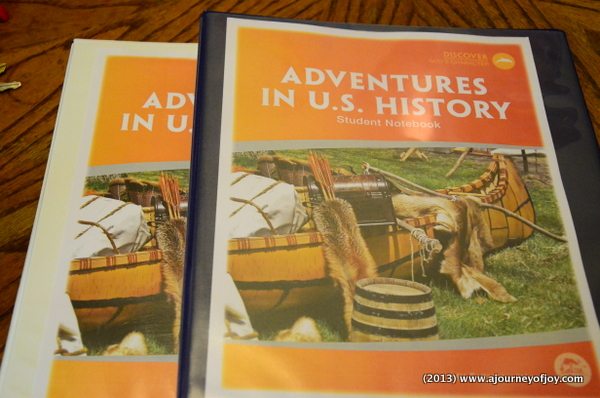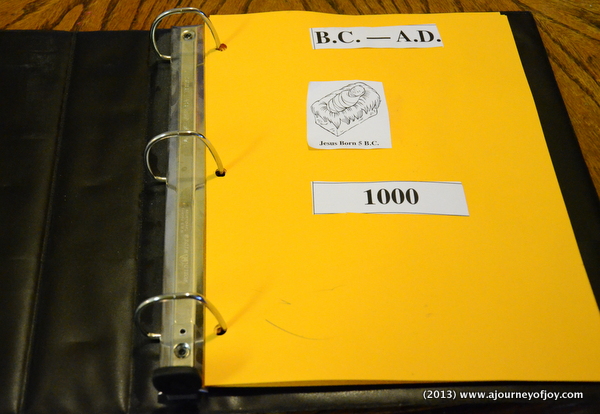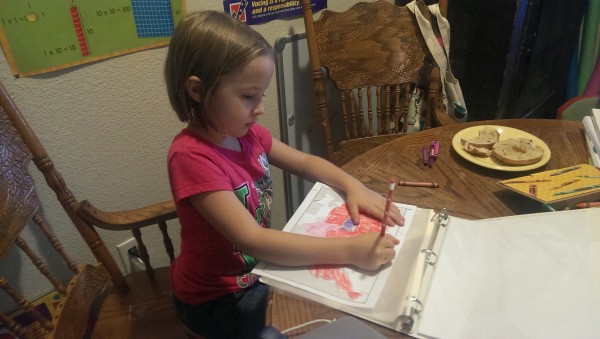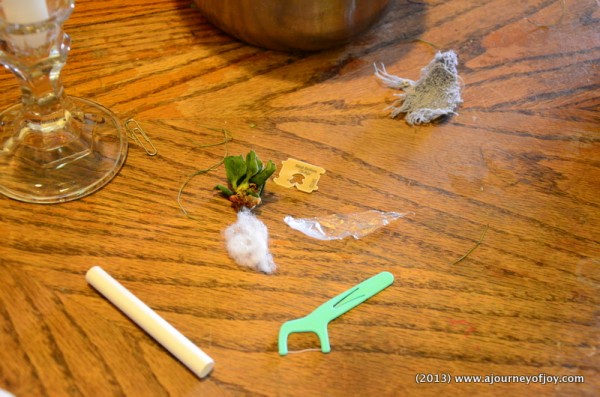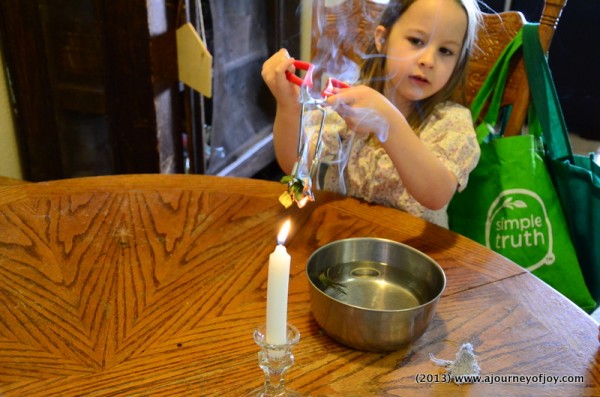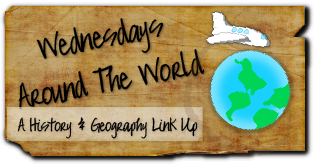
As I said last week on Wednesday’s Around the World, we continued on with our Christopher Columbus lesson. As you know, Christopher Columbus sailed from Spain in 1492. He took the Nina, Pinta and Santa Maria and headed across the Atlantic Ocean.
On October 12, 1492, Columbus and his crew woke to find themselves sitting off shore of an island that he named San Salvador. This island was inhabited by people that had never seen a ship or white people before. They exchanged gifts and Columbus and his crew stayed with them for a while.
As they left they San Salvador, Columbus noticed a lot of islands all around them. He thought perhaps that they had sailed to the Indies. He called them the West Indies since he had sailed west from Spain and called the people on the islands, Indians. For the next 6 weeks or so that he sailed, Columbus discovered the islands that we now know as Cuba and Haiti. The Santa Maria ran aground at Haiti and they took the lumber of the wreck and built a fort at the shore. He left part of his crew at this fort and sailed back to Palos.
Once Christopher Columbus arrived back in Palos, he was welcomed with a lot of excitement. He and his crew had been gone for about 7 months and everyone thought they had died. The King and Queen of Spain welcomed him back with great honor. He had brought them gifts from the new world and told them all of their findings, including the Indians (he brought Indians back to Spain with him).
Columbus made three more voyages across the Atlantic, discovering more islands as he sailed closer and closer to America. While he visited places along the coasts of Central and South America, he never did get near what is now the United States. He also thought that he had just found Asia and didn’t ever know that he had found a new world.
Our project for the lessons about Christopher Columbus, was to build 3 ships, like the Nina, Pinta and Santa Maria. For this project, we used aluminum foil, tape, clay, pencils and paper. I am sure you can use whatever materials you have lying around your house.
The first thing the kids did, was shape a boat using the aluminum foil. The goal is to make it where the boats will float on water. You need to make sure the bottom of the boats are flat.
Once you get your boats made, you need to make the mast and sail out of the paper and the pencil. Be sure to write the name of the boats on the sail. The kids used tape to put the sail on the pencil, however, you can also cut a couple of lines in the paper and slip the pencil through the holes.
Once you get the masts and sails ready, attach those to the bottom of each boat with the clay. This may take a little bit of work to get the clay to stick to the bottom of the boat and the pencil sticking up straight in the clay.
Now you are ready to sail your boats in a sink, tub or any large container, big enough to hold the boats. I just put a couple of them in the kitchen sink, but after we did that, the kids went to the bath tub and filled it part way with water and then played with the boats. They had a fun time playing with each other, pushing their boats back and forth.
We enjoyed this lesson on Christopher Columbus and had fun making the boats. Even their oldest sister had fun helping them make the boats.
What have you been learning about in history and geography? Have you done any fun projects or activities lately? I would love to see them!
Be sure to link up and share with us about your fun lessons!
